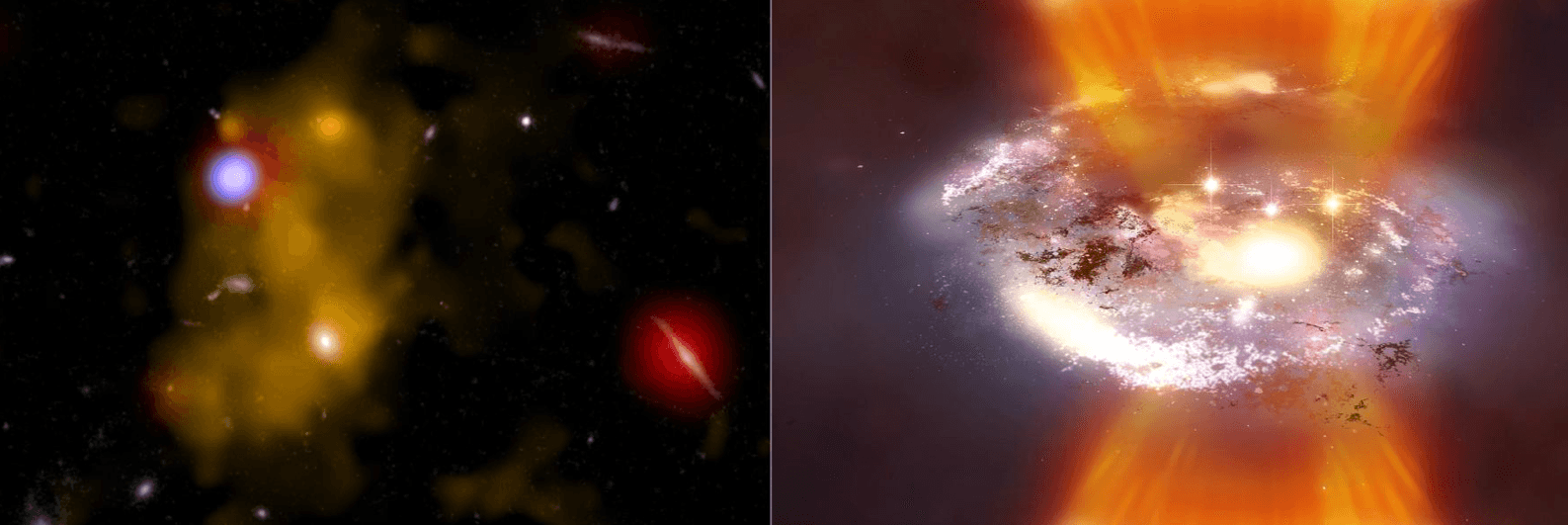Theoretical Astrophysics Seminars
24th Seminar

Are Lyman alpha emitters the building blocks of the Milky Way?
Hidenobu Yajima
Pennsylvania State University
Abstract
Strong Lyman alpha emitting galaxies have been observed in large numbers over a wide range in redshift. Such galaxies are called Lyman alpha emitters (LAEs), and they are thought to be galaxies in the early stages of evolution. However, there are still many open questions regarding their formation and evolution. In particular, it is very important to understand how LAEs that have been observed at high-redshift evolve into galaxies of low-redshift. As a first step, we use the results of cosmological hydrodynamical calculation to reproduce the Milky Way galaxy at z = 0, and perform three-dimensional radiation transfer calculations to determine the Lyman alpha characteristics of the building blocks of the Milky Way galaxy. We found that the building blocks of the Milky Way may come close to LAEs brightness typical of observed LAEs.
In this paper, we elucidate where Lyman alpha photons originate, how they escape galaxies, and how this process evolves with redshift. In addition, we highlight the specific roles of Lyman alpha radiation, as well as the ultraviolet and infrared continuum, and I will discuss how these model galaxies can be compared with next generation observatios using JWST and ALMA.



 和 英
和 英